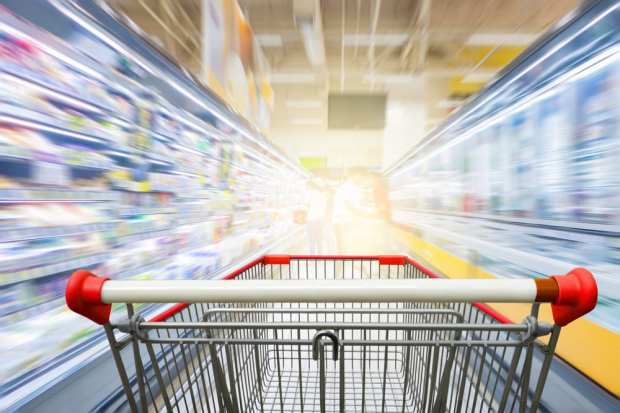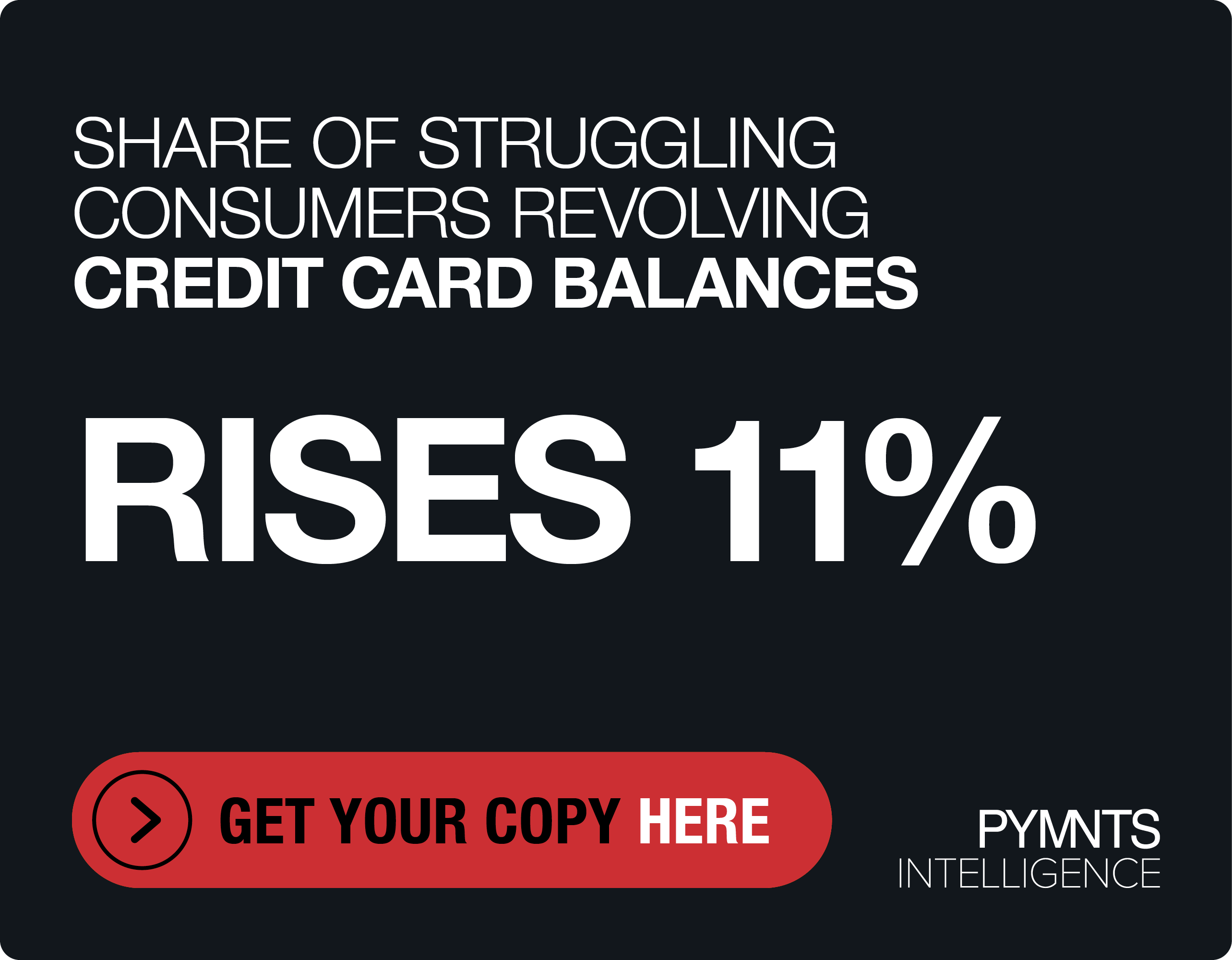Putting The Smarts In Grocery Store Shopping Carts

Grocery store operators — no matter if it is that small store on the corner or that sprawling location near the strip mall — are engaged in an existential fight that is certain to intensify in the coming years. The challenge (and the opportunity, of course) is to keep a hold on the customers and keep up the appeal of the brick-and-mortar experience in the face of digital delivery services.
Doing so requires a combination of technology and self-checkout options — the perfect mix has yet to emerge and, in any case, what works in a particular situation or with a certain type of shopper might fail in other cases. However, in a new PYMNTS discussion, Ahmed Beshry, co-founder at Caper, talked with Karen Webster about how so-called smart grocery carts might serve to please different types of customers and a variety of grocery operators.
Grocery Trends
The discussion took place at an exciting time. Not only are autonomous retail technologies and other tools transforming the grocery shopping experience, but Caper is coming off a new $10 million funding round. However, as Caper strives to expand and win over more consumers and store owners, it has to find ways to serve all types of shoppers — all of whom, after all, need to buy food and related items one way or another.
“A lot of people love grocery shopping,” he said. “Some like looking in the aisles, thinking about what they want. That’s why [the] brick-and-mortar retailer isn’t going anywhere. You cannot replace that experience (online).” Then again, many people loathe grocery shopping but still need to do it, and often need to do it in person for various reasons. The idea is to find a technology that can, in a sense, serve both masters.
That’s where the smart grocery cart idea comes it.
The device is based around the concept of self-checkout, and uses sensors and computer vision to determine what is in the cart (and what was taken out), and charge accordingly. As Beshry told Webster, the carts have scales that can weigh produce, and the artificial intelligence-backed technology can make product recommendations — for instance, a recipe inspired by specific ingredients put into the cart. The cart also offers users the ability to bag their items. The plan is for Caper to deploy more than 1,000 such carts with North American grocers before the year ends.
Caper operates in an industry where Amazon and other retail and tech heavyweights are fast at work trying to reinvent the grocery shopping experience, including via the installation of various self-checkout technologies. As Beshry told it, the advantage Caper has is the smart carts are less expensive to deploy that most of those other systems and do not require consumers to download any special apps — which some consumers resist. However, the goal is roughly the same no matter the player.
“The perfect experience is one you don’t realize is happening,” he told Webster.
Larger Vision
Caper is also trying to sell its grocery store vision as the industry — never one for those afraid of a fierce fight — becomes ever more competitive. “We are working with some of the larger retailers across North America,” Beshry said, “both regional and national players, and the industry is changing so aggressively. What (grocery store operators) are telling us is if we are not at the top of our game, if we are not innovating, we are going to get crushed.”
These smart carts, if they find traction — and this holds for other such technologies in general — will change some basic things about grocery shopping. Just consider those checkout lines, where high margin items such as candy and gossip magazines tempt customers with another final purchase. Using autonomous retail technology would threaten that longstanding practice.
Beshry brushed off that consideration and turned it into a lesson about how online and mobile technologies are reflecting and even shaping consumer preferences. “The idea of forcing customers to stand in a particular area and look at a product is a reason that people start leaving (stores),” he said, adding that Google keeps its homepage blank to as to not come off as crassly trying to shove a sale down users’ throats. “Why not give them a relevant (product) suggestions when they are in the aisle looking for they want?”
Soon enough — very early in the next decade, most likely — more clarity will emerge about what works best in this ongoing reinvention of the grocery store, and what shopping and checkout experiences customers tend to respond to, and how. You can certainly expect more innovation and disruption as grocery store operators fight to thrive.
